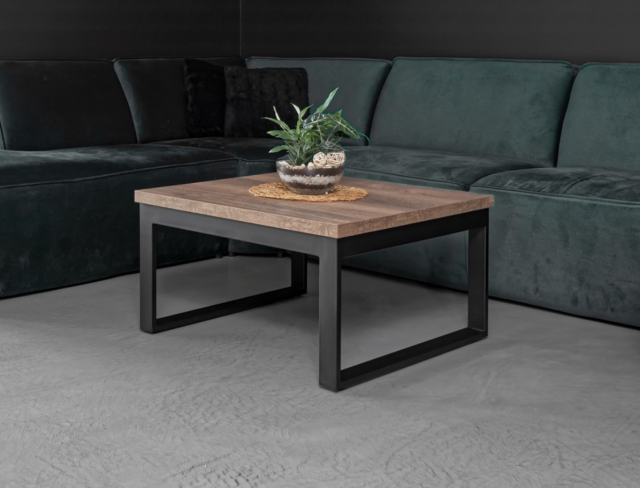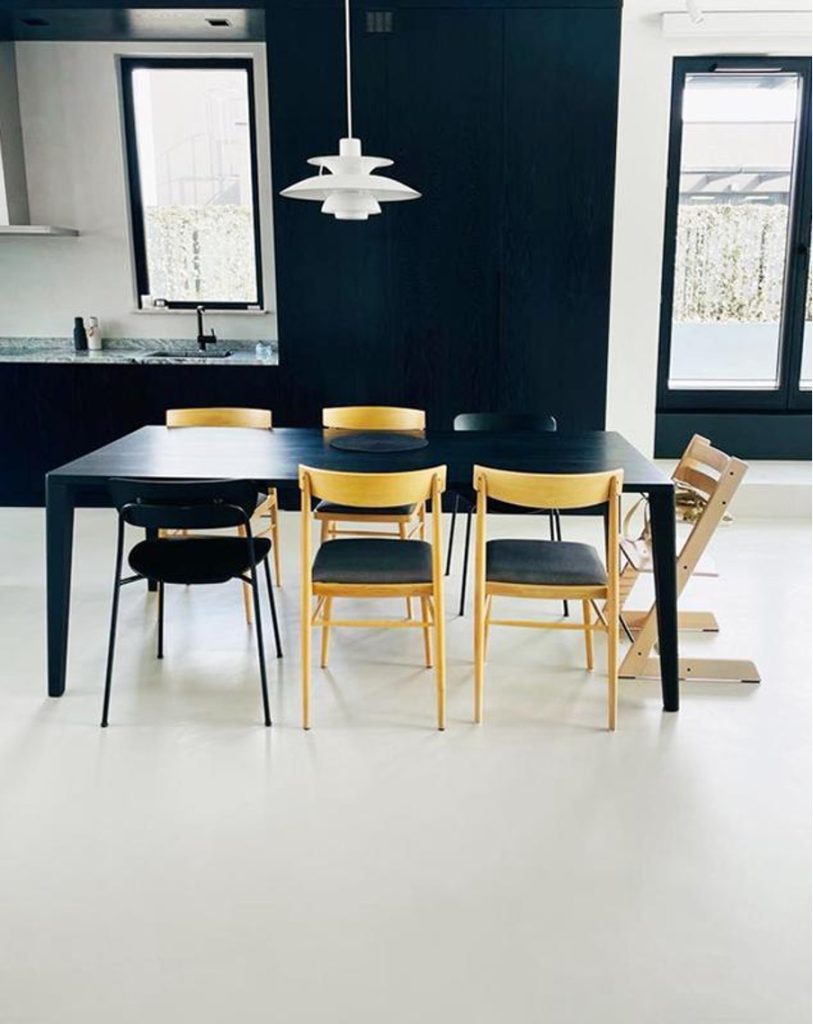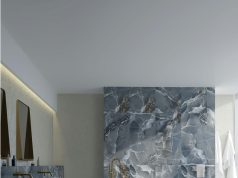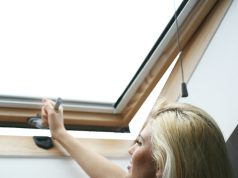
Microcement is growing in popularity as a versatile finishing material that perfectly mimics the effect of concrete on floors. In today’s article, we will take a closer look at how to achieve this effect and why microcement is one of the most attractive choices in this category.
Ingredients and technology of microcement:
At first glance, microcement may seem a bit mysterious, but its composition is quite simple and well thought out. The main ingredients are cement and polymer resin. The cement provides strength and hardness, while the resin adds flexibility and crack resistance. The combination of these two elements makes microcement not only durable, but also flexible, which significantly affects its versatility of use.
Aesthetics of microcement and its similarities to concrete:
Microcement, like traditional concrete, is characterized by a heterogeneous structure, which makes each surface unique. Frequent scorch marks and irregularities in the texture add depth and authenticity. When touching the surface, you can feel the texture under your fingers, which increases the impression of naturalness. When it comes to color, microcement is not limited to raw, concrete tones. It offers a wide range of colors, from neutrals to more expressive ones, which offers more design possibilities. Its durability is also noteworthy; not only does it feature high resistance to damage, but also to various substances and moisture.
Advantages of microcement over traditional concrete:
Microcement is not limited to floors; it is also an excellent choice for walls, ceilings and stairs. The material’s rich color palette is a significant advantage over traditional concrete, and its water resistance makes it ideal for bathrooms and other rooms exposed to moisture. Its unique feature is also that it is applied in a thin layer. As a result, microcement can be successfully applied not only to large spaces, but also to smaller areas, such as furniture, further expanding the possibilities of its use in interior design.
Microcement application process:
When it comes to microcement application, the process can be boiled down to three main steps. The first is priming, which is designed to prepare the surface and increase the adhesion of the material. Next, a layer of microcement is applied to the primed surface. This is the stage where you can gain the most in terms of aesthetics, as this is where the final appearance is decided – color, texture and other visual effects. The last step is sealing with varnish. Well-chosen sealers not only protect the surface, but can also affect its appearance, for example, adding gloss or matte. Each of these steps is crucial and requires precision and experience to ensure that the final result is as expected.
Microcement applications:
Microcement on the floor can be used in a variety of rooms, customizing it according to individual needs and preferences. Below you will find a list of places where this material will work extremely well:
- Bathrooms: Thanks to its water-resistant properties, microcement is an ideal choice for bathrooms, especially walk-in showers.
- Kitchens: Its stain resistance and ease of cleaning make it excellent for kitchen floors.
- Lobbies and hallways: In these parts of an apartment or house, the floor is most vulnerable to abrasion. The durability of microcement makes it a material definitely worthy of consideration here.
- Living rooms: Microcement offers a wide range of aesthetic possibilities, making it a perfect fit for a variety of living room settings.
- Bedrooms: Its warm texture and the ability to choose personalized colors make microcement a striking and practical choice for bedrooms as well.
Microcement offers a wide range of design and functional possibilities, making it an ideal choice for a variety of spaces in the home.
Conclusion:
In conclusion, microcement is a material that is an excellent alternative to traditional concrete in interior design. Thanks to its versatility, it can be used virtually anywhere: on floors, walls, ceilings and even furniture. Its aesthetic and functional properties make it an increasingly popular choice for those who want modern and durable solutions in their homes or apartments. It offers what has long been expected from finishing materials: a combination of durability and elegance.

Contractor: @beton_koncept
Recommended microcement manufacturer -> Festfloor (festfloor.com)













